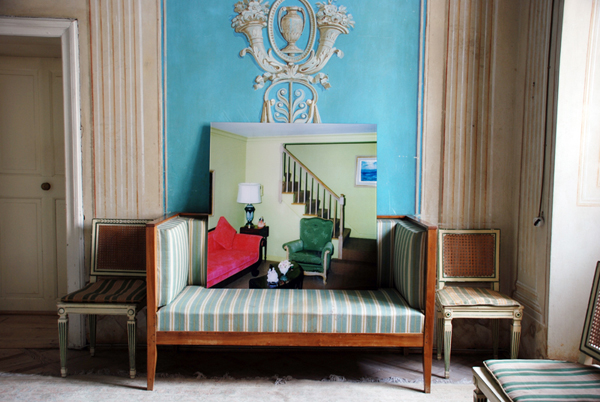Michael Huey
Tuesday, 17 August 2010
Work from his oeuvre.
“The physical, hands-on part of my work takes place in the archive. It involves sorting, searching, and seeing. Mentally – and physically – it is fatiguing. Conceptually, the work revolves around the idea of loss…disintegration…and the attendant themes of legacy, inheritance, and inventory. In a phrase: ‘what remains’. Things – often photographic materials – that are overlooked, considered insignificant and/or trivialized play an important role, and presenting them anew is part of what I consider their rehabilitation. Indeed, I have often found that the most compelling images and objects are the ones I (and others) at first dismiss. Sometimes I have the feeling of being sought out by the material, not the other way around; as Ernst Bloch wrote: “We are not born simply to accept or write down what was and how it all was before we were here; rather, everything awaits us, things seek out their own poet and desire to be associated with us.”
There is perhaps a curatorial aspect to this, and though it is benevolent, it is not entirely passive. I am an intervening, authorial curator, and my goal is transformation, reconciliation… redemption. Though I do not intrude into existing narratives, I nevertheless make use of them to tell new stories.
I take an interest in how things become connected (and separated again), and this spills over into the organization of my exhibitions. There is often a kind of quasi-genealogical structure to the way the images become associated with each other in the shows and, in a larger sense, as components of my own body of work. Given the fact that I often select materials from family archives, these connections can be quite literal – Baroness Johanna Kotz von Dobrz, who as a sixteen-year-old made the sketches I discovered and re-used for my work 1862, for instance, was presumably a niece of the missing Prince Auersperg (le Prince Auersperg) from the Ruined Album series, which emerged from a completely separate source and archive. The works Library and Study represent, among other things, systems of classification in two successive generations within my own family. Other combinations of images are less literal and more akin to matchmaking on my part to promote ‘intermarriages’ between families; this was the case when I combined images pertaining to the history of Pompeii with objects from my family and other anonymous images in the exhibition ASH, inc., a meditation on ashes in a variety of their forms and meanings. The idea of ‘Pompeii’ bound the seemingly disparate items together as a metaphor for things cataclysmically lost, long buried, later rediscovered, excavated, and put to new uses. As it happens, this also describes the individual trajectories of most of my works.” – Michael Huey



